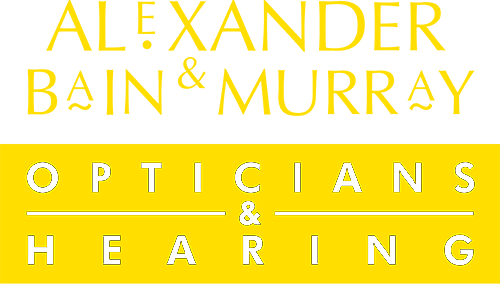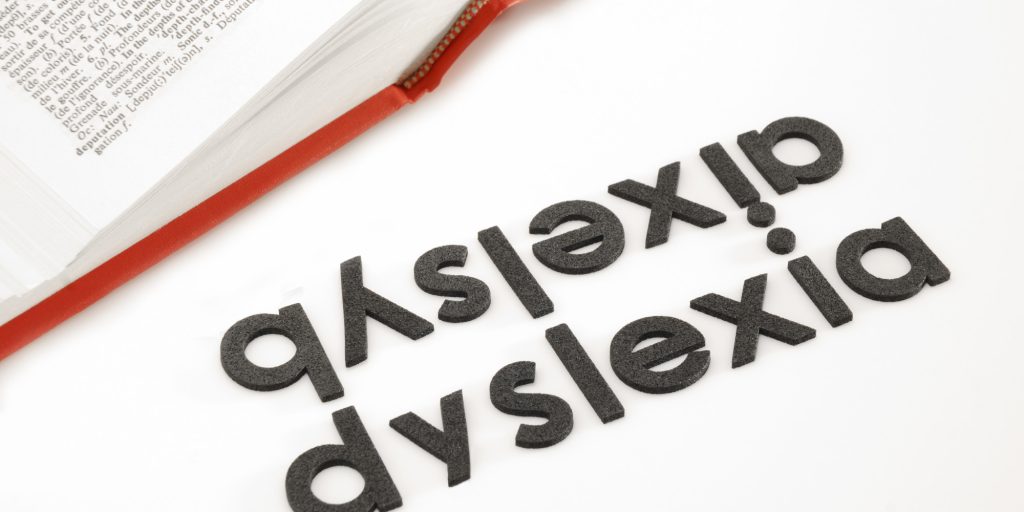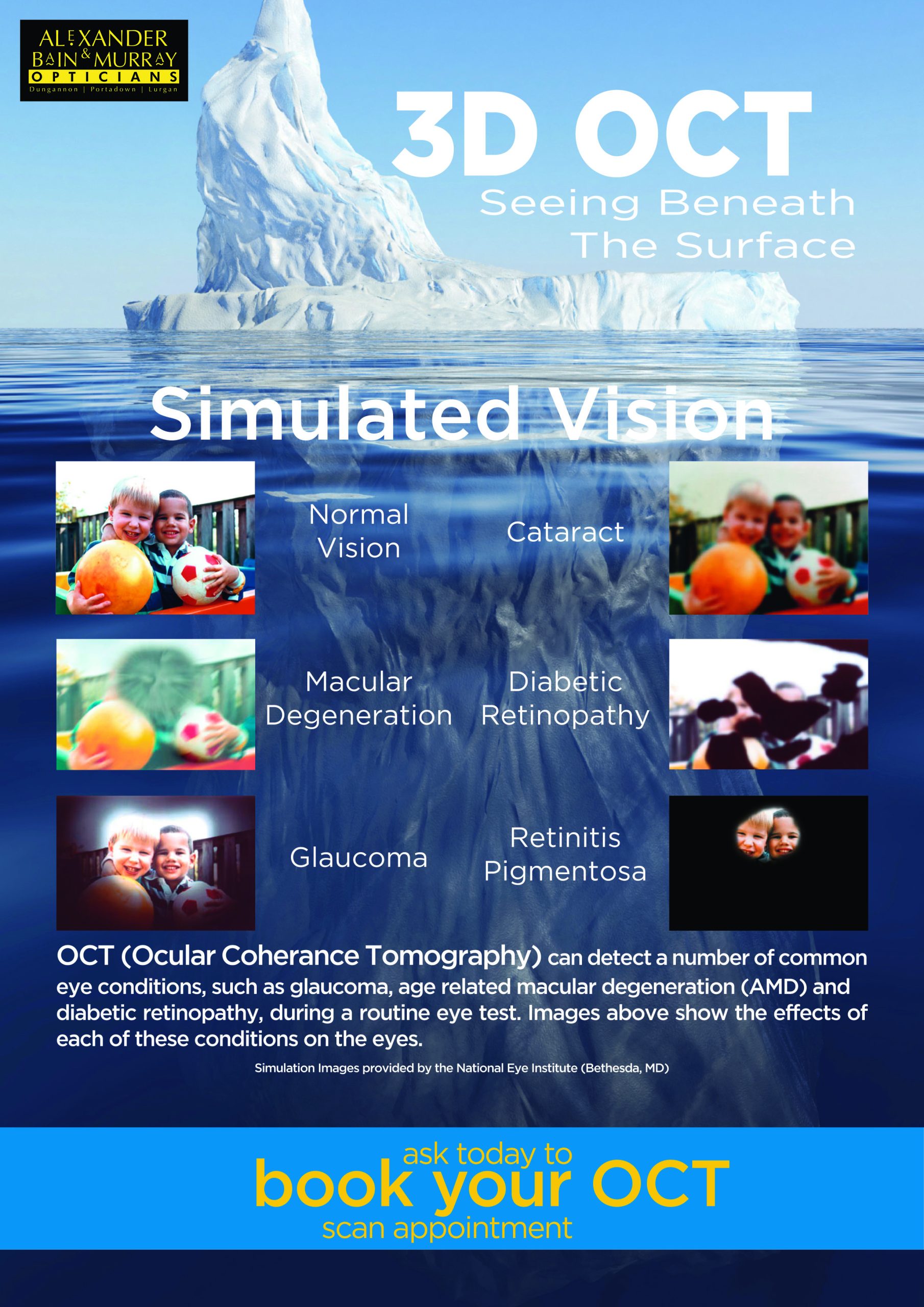Difficulties at School, Dyslexia & Vision
“a guide to the role of visual problems in people who have difficulties at school”
Difficulties at School: is it dyslexia?
People with specific learning difficulties have problems with certain skills at school. The most common type of specific learning difficulty is a difficulty with reading and spelling; and this is often called dyslexia.
Dyslexic people may be highly intelligent in conversation, but have trouble with written language. Leonardo da Vinci and Einstein are both believed to have been dyslexic.
The term dyslexia is usually reserved for a severe degree of reading difficulty. Dyslexia is best diagnosed by an educational psychologist of a qualified specialist teacher. Assessments that may lead to such a diagnosis can be arranged through your school, or privately. Optometrists do not diagnose dyslexia, but they detect visual problems that can contribute to reading difficulties, including dyslexia.
The term dyslexia is used throughout this article, but the visual problems that are described can also be present in children who have other, non-dyslexic, difficulties at school, including dyspraxia. A person does not have to be diagnosed as dyslexic in order to benefit from the tests outlined here.
Visual factors and school difficulties
Most experts agree that problems with sight are not usually a main cause of dyslexia. Certain visual problems, however, do occur more often in dyslexia and these may, in some cases, contribute to the reading difficulty.
These visual problems would not normally be detected in a standard sight test. Two of the most common visual anomalies in dyslexia are poor or unstable co-ordination of the two eyes (binocular instability) and a reduced ability to focus close to. These visual problems can cause eyestrain, visual distortions, or headaches. This may slow reading and discourage children from prolonged reading.
Not all dyslexic people have these visual problems, but some have visual anomalies without realising it. People with a mild specific learning difficulty, perhaps not bad enough to be called dyslexia, can also have these visual problems. The visual problems can usually be treated with simple eye exercises. In some cases, glasses may be required.
An eye examination with an optometrist will not be able to diagnose dyslexia. But if dyslexia is suspected then it is sensible to start by investigating whether the visual function is normal.
Our Eyecare Assessment
The consultation with our optometrist will begin with a full eye examination with additional tests to look for visual problems that may be causing difficulties with reading. The overlay assessment will consist of a reading exercise with and without different coloured overlays to see if there is a noticeable improvement in the reading fluency. If a particular coloured overlay significantly improves reading, we will order this specific coloured overlay to use at home, at school, or in work. The consultation will take approx. one hour.
We will include a report explaining the investigations, results and recommendations. We will organise follow up appointments as necessary and discuss further treatment options as appropriate.
If you feel that you, or someone you know would benefit from this consultation, please telephone any of our practices to arrange a time convenient for you.




